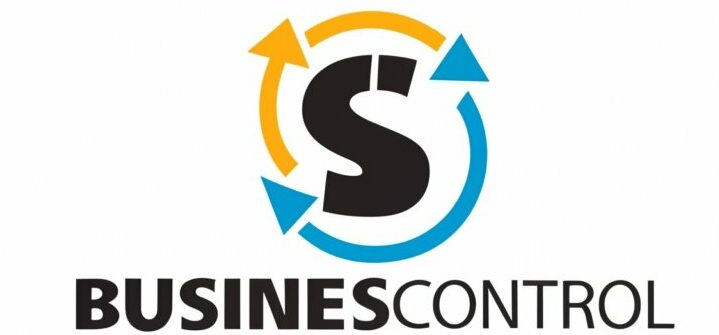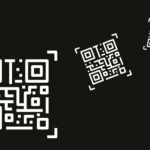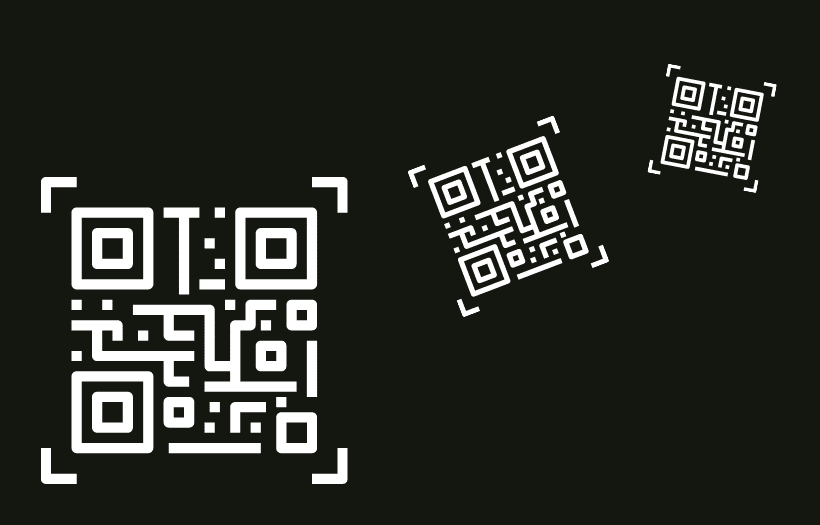To ensure the success of their Quality Control Inspection, any Quality Control Company must adhere to AQL standards. This Acceptable Quality Level ensures the manufactured products are free of defects and is a vital part of the inspection process. Utilizing AQL standards, Quality Control Inspection can detect any imperfections present before the product is delivered to the customer. As such, these standards are paramount to guarantee a successful Quality Control service.
What are AQL Standards?
AQL standards, also known as Acceptable Quality Level standards, play a fundamental role in the domain of quality control inspection. These standards act as a guidepost for ascertaining the degree of flaws that can be tolerated in a product before it is sent out to buyers. Quality Control Companies lean heavily on AQL standards to guarantee that the goods manufactured by their clients reach the mandated quality standards.
AQL standards construct a definite rulebook for quality control inspection by laying out the allowable and unacceptable defect levels for varying kinds of products. These standards consider the degree of seriousness of defects and the extent of risk they postulate to the final users. By observing AQL standards, Quality Control Companies can detect and treat any defects that could be present in the products, thus making sure only top-notch goods arrive in the market.
The application of AQL standards in quality control inspection is essential due to the fact that it not just facilitates in discovering imperfections but also makes possible continuity in evaluating the quality of products. These standards present a uniform dialect for Quality Control Companies, manufacturers, and customers, guaranteeing a mutual awareness of what is regarded as an appropriate degree of flaws. This allows for better communication and partnership among all the stakeholders included in the quality control process.
In a nutshell, AQL standards are imperative instruments for a Quality Control Company to guarantee the success of their inspection process. They create definite regulations for defect levels, promote effective defect identification, and foster consistency in assessing product quality. By enforcing AQL standards, Inspection Service in China can make sure that the goods manufactured by their clients are without flaws and conform to the specified quality standards.
Why Implement AQL Standards in Quality Control Inspection?
It is essential for businesses to incorporate AQL standards into quality control inspections if they wish to guarantee their products attain the desired quality level. This process permits companies to establish an accepted quality level, or the maximum amount of faulty products that can be allowed in a sample prior to being declined. AQL standards therefore empower organizations to manage the quality of their products correctly, guaranteeing that they meet the necessary standards.
The principal purpose of quality control inspections is to uncover any issues or flaws that could have an adverse effect on product quality prior to them reaching consumers. Implementing AQL standards during quality control assessments allow businesses to locate any problems and mistakes in the early stages of the production procedure, prior to the products being delivered to the customers.
In addition, the use of AQL standards in quality control assessments also helps companies to save money and time. By decreasing the amount of defective products that are circulated into the market, businesses can minimize the expense of returns, repairs, and substitutions, which can be costly and time-consuming.
Moreover, AQL standards give a systematic approach to quality control inspection, enabling companies to establish uniform standards across different products and production lines. This guarantees that all products meet the same level of quality, regardless of the manufacturing location.
Key Benefits of Implementing AQL Standards
Implementing AQL standards in quality control inspection provides countless advantages for both Quality Control Companies and their customers. Most importantly, these standards help to ensure that only top-tier products reach the public, thus leading to greater customer satisfaction and a lower risk of product recalls or consumer grievances. Additionally, this methodology enhances the efficiency of the inspection process, as AQL guidelines furnish inspectors with a concise outline of the permissible defect level, allowing them to quickly and accurately assess goods and make sure that they adhere to quality standards.
Moreover, AQL standards foster better communication and collaboration between Quality Control Companies, producers, and customers, as they utilize a mutual language to designate the permissible level of flaws. This provides all stakeholders with a mutual understanding of the quality requirements, reducing discrepancies and promoting a shared approach to addressing quality issues.
Furthermore, AQL standards grant companies with a competitive advantage. By persistently delivering superior products that surpass customer expectations, companies can stand out in the marketplace. This yields more customer loyalty, repeat business, and a good reputation for the brand.
Altogether, embracing AQL standards in quality control inspection has a wide range of benefits, from enhanced product quality and improved efficiency to improved communication and a competitive edge. Quality Control Companies that make it a priority to implement AQL standards are better equipped to make sure that their inspection process is successful and fulfill the quality expectations of their customers.
Steps to Implement AQL Standards in Quality Control Inspection
Having established the importance of utilizing AQL standards in quality control inspection, it is now time to explore the steps required to execute these standards in practice.
- Step One is to gain a comprehensive comprehension of your product and industry demands. This will help you establish the sample size and inspection criteria needed to make sure that the product complies with all relevant regulations.
- Step Two is to settle the Acceptance Quality Level (AQL) you will be using to evaluate the product’s quality. This percentage could vary based on the sector, product, and customer prerequisites.
- Step Three involves pinpointing the relevant sample size for the inspection. This will include selecting a representative sample from the batch and applying the inspection criteria.
- Step Four requires carrying out the inspections conforming to the previously fixed AQL and sample size. This will necessitate thorough visual inspections and measurements to guarantee that the product abides by all expected regulations.
- Step Five entails analyzing the results and making the required alterations to the AQL or inspection criteria. This will ensure that you are regularly working to refine your quality control efforts. Implementing AQL standards in quality control inspection is critical to guaranteeing the success of your product.
By strictly adhering to these steps and staying vigilant in your quality control procedures, you can guarantee that your product fulfills all necessary regulations and surpasses customer expectations.
Common Challenges and Solutions to Implementing AQL Standards
Adhering to AQL standards in quality control inspections is paramount, yet this practice also presents some difficulty. Generally, the opposition to implementing this new approach stems from stakeholders resistant to change and unwillingness to acclimate to the procedure. Consequently, educating stakeholders on the benefits of AQL standards by means of awareness campaigns is critical.
Another issue to tackle is achieving a balanced ratio between inspection frequency and sample size. Excess inspection could inflate costs and delay production, while insufficient inspection could result in substandard products slipping through undetected. The optimal strategy is to evaluate risks in order to identify which products necessitate a more thorough examination and which can suffice with fewer.
Moreover, a considerable challenge in a global supply chain may arise due to communication impairments resulting from linguistic and cultural discrepancies as well as varying time zones. To combat this, setting up clear communication pathways, establishing thorough instructions, and providing training and assistance to suppliers can aid in meeting the AQL criteria.
Furthermore, managing and analyzing data can also prove difficult. Fortunately, employing quality management software can help track inspection results, assemble reports, and deliver real-time notifications for deviations from standards.
Ultimately, addressing these hurdles is vital in order to guarantee the successful implementation of AQL standards and enjoy the subsequent advantages.
Examples of AQL Standards in Different Industries
AQL Standards are frequently utilized in many sectors for quality control inspection. As an illustration, the automotive industry utilizes these standards to make sure that the final product is of top-notch quality and free from any flaws. To achieve this, a randomly selected group of the finished vehicles are subject to an inspection to look for any errors or defects. If any vehicles are identified as having defects, they are either eliminated or amended to meet the obligatory standards.
The garment industry also highly values the AQL Standards to guarantee that the final product fulfills consumer requirements. Garment factories make use of the AQL Standard to scrutinize completed garments for any deficiencies before they are shipped out to the sellers or consumers. The examination process entails analyzing for issues in stitching, measurement discrepancies, fabric flaws, and the overall quality of the garment. If any garment has a flaw, it is either mended or excluded.
AQL Standards also guarantee that the final product is safe for ingestion and abides by the required quality criteria in the food industry. Food production plants implement the standard to investigate their goods before they are brought into the market. The inspection procedure consists of examining for any impurity, microbial growth, or physical blemishes in the food item. If any product is discovered to have flaws, it is either discarded or disallowed.
In the pharmaceutical industry, the AQL Standards are just as significant. This standard is employed to guarantee that drugs are without any imperfections and meet the specified quality criteria. The investigation process consists of assessing the drugs for any blemishes or impurities. Any drugs found to be defective are either disposed of or denied.
Final thought
In today’s highly competitive environment, adhering to AQL standards for quality control inspection is no longer an option, but a necessity. Doing so allows companies to safeguard their products, uphold their reputation, and bolster customer satisfaction. To make this process effective and efficient, companies need to carefully plan ahead and acquire the appropriate resources and tools.
Partnering with experienced quality control professionals can also provide invaluable guidance and support. Ultimately, implementing AQL standards is an imperative part of quality control inspection that companies must undertake to remain competitive and successful in the modern global market.











